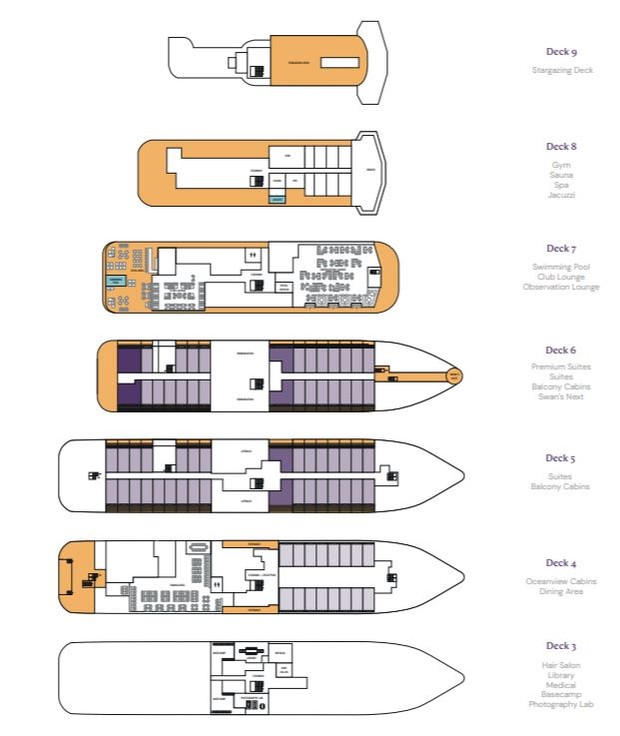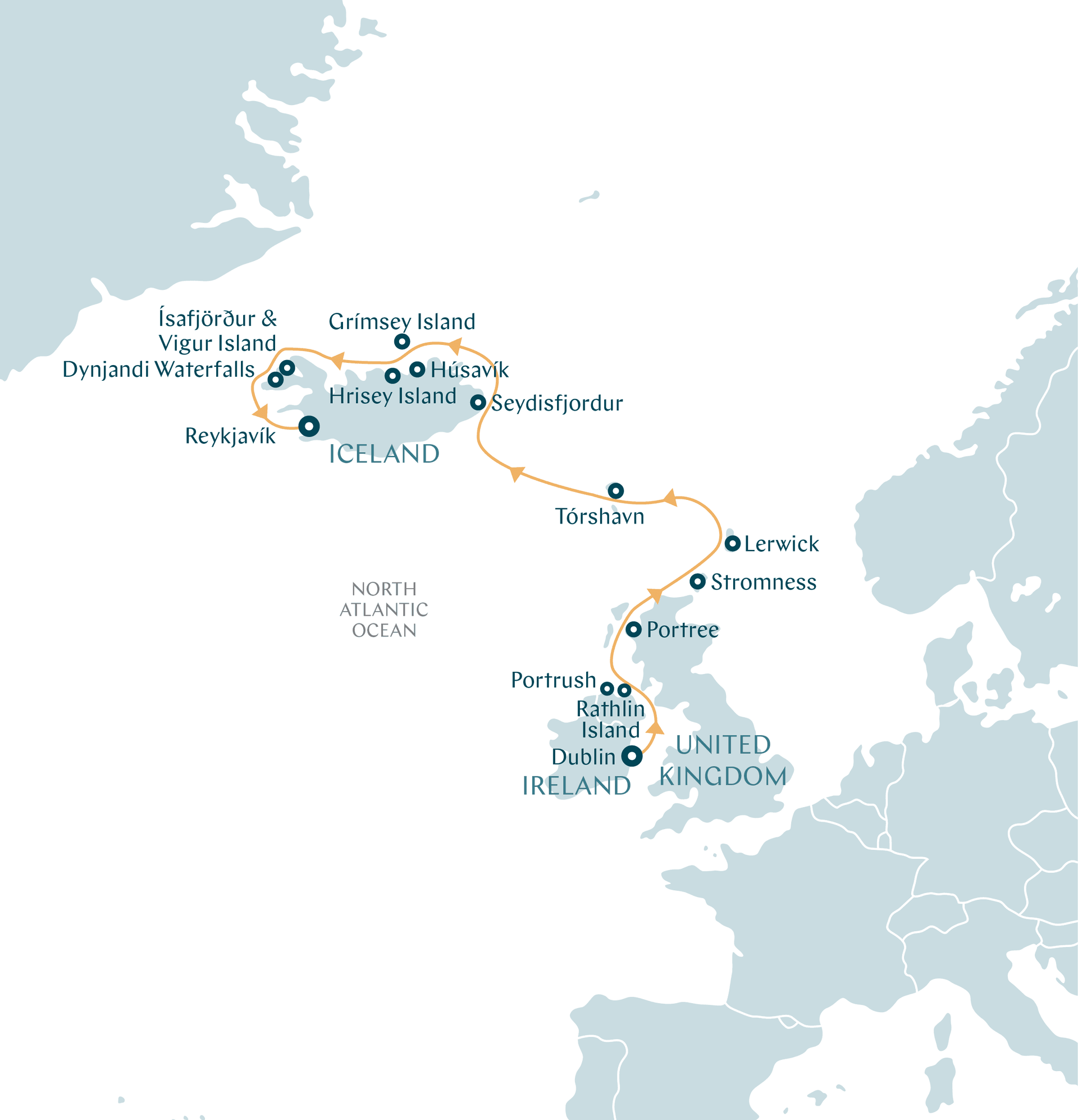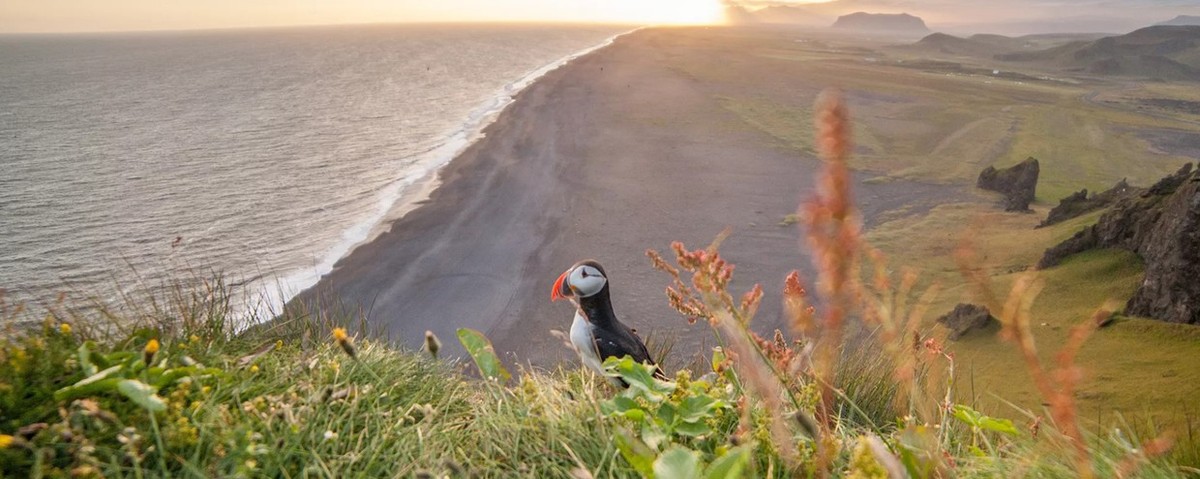
Setting sail from Ireland, this North Atlantic islands cruise takes you to Britain’s most northerly islands and Iceland. Board this cruise and discover Scottish isles from the Hebrides to the Shetlands and Orkney, before heading to the Danish outpost of the Faroe Islands, and finally on to the land of Fire and Ice - Iceland. With rugged landscapes, picturesque villages, evidence of Norse and prehistoric settlements, you will experience culture and friendly hospitality on remote islands that have been occupied since ancient times. As we cruise past highlands and islands, sit back and enjoy the unrivalled natural beauty and gaze in awe at the only crowds you are likely to see - that of nesting birds and migratory species. Your final destinations lie in Iceland – a fascinating land forged in the twin crucibles of ice and fire.
- Take a guided walk over the fascinating basalt columns that make up the Giant’s Causeway in Northern Ireland
- Explore Skara Brae, northern Europe’s best-preserved Neolithic village predating Stonehenge
- Visit the cosiest capital on Earth, the Faroe Islands’ Tórshavn, with turf-covered churches and rainbow-coloured homes
- Tour Lake Mývatn, the most geologically active area in Iceland, with boiling mud pools and a roaring waterfall
- Keep watch for spouting and breaching orca and humpback whales
Prices quoted here are often dependent on currency fluctuations. Please check with (01432 507450 or info@small-cruise-ships.com) for the very latest price, which may well be cheaper than the one advertised here.
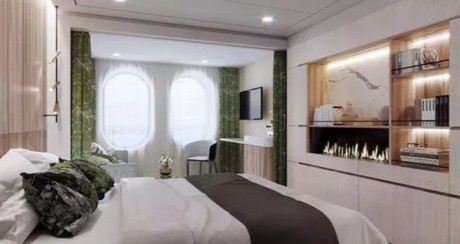

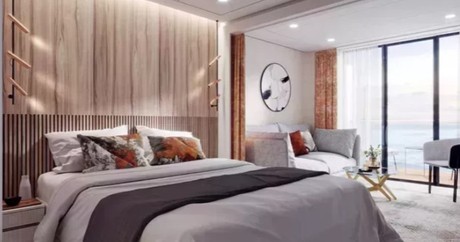
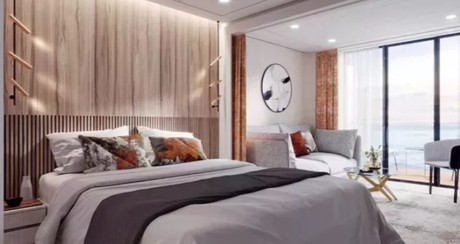

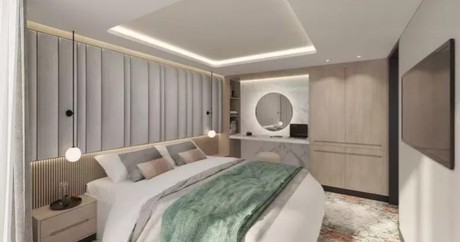
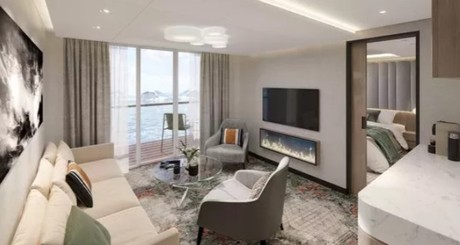
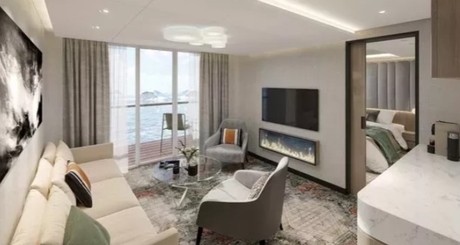
Your cruise begins today in Dublin, the Republic of Ireland’s capital. It’s at times gritty and in places, gorgeous – Georgian squares, hidden parks and tree-lined canals. It’s lively, complex, cosmopolitan and eminently walkable. So make time to explore before you board Vega II. Visit The Long Room in the Old Library in stately Trinity College to inspect the Book of Kells. The illuminated manuscript was produced on Iona, which you’ll visit on Day 4. The Long Room itself is much lauded for its beauty – it’s a stunning, two-storey, barrel-vaulted space that houses 200,000 of Trinity’s oldest books and manuscripts. Elsewhere the new Museum of Literature Ireland, the National Museum of Ireland, Christ Church and St Patrick’s Cathedrals, the Guinness Storehouse, Kilmainham Gaol, Glasnevin Cemetery entice visitors – just be sure to stop into a snug somewhere for a pint.
Disembark in the small Northern Ireland town of Portrush (Port Rois), which is located in County Antrim. It’s one of the island of Ireland’s most popular staycation destinations – indeed, generations have happy memories of visiting this peninsula, with its family-friendly amusements, attractions and beaches. It is also the gateway to the UNESCO World Heritage-listed Giant’s Causeway and Causeway Coast. Flanked by the Atlantic and towering cliffs, the Giant’s Causeway is Northern Ireland’s number-one attraction. Visit and decide for yourself if the basalt formations are the handiwork of prehistoric volcanic activity – or two legendary Celtic giants. This mountainous, sparsely populated isle off the northern coast of Ireland is filled with interest. Attractions include the little harbour with its fishing boats, the lighthouse, a cave where Robert the Bruce hid after fleeing Scotland following his defeat by the English, a neolithic settlement site and a puffin-packed RSPB seabird centre.
Located on the west coast of the Isle of Skye, Dunvegan and Dunvegan Castle have historically been the seat of the Clan MacLeod. The castle sprawls out on top of a beautiful rocky outcrop and is home to some fascinating artefacts. These include the Fairy Flag (a silk banner sacred to the clan that dates back to the 4th century), Bonnie Prince Charlie’s waistcoat and a lock of his hair. The oldest parts of the castle date back to the 14th century, with most of it constructed in the 15th and 16th centuries.
As dramatic as they come, this village on Scotland’s west coast sits on fjord-like Loch Broom, the narrow waters curling away into the distance below the misty mountains. The countryside is packed with wonders: Carrieshalloch Gorge, steep, narrow and with the roar of rushing water; Achmelvich Beach, a perfect crescent of pure white sand with turquoise waters protected by rocky outcrops; and the Bone Caves, excavations where bones of reindeer and polar bear that once roamed here have been found.
Romantically ramshackle, the appealing grey-stone town of Stromness may not be as big as the Orkney’s capital Kirkwall, but what it lacks in size, it more than makes up for in character. The long-established seaport, with its Norse language-derived name, has changed little since the 18th century. Captain Cook’s ships stopped here in 1780 en route back from Hawaii, and Cook’s companions would have explored a place not dissimilar to today’s Stromness. Walk the narrow, flagstone-paved main street, dive down the tiny alleyways which entice you to explore further. The Stromness Museum is excellent and full of maritime tchotchke. The Pier Arts Centre and its towering collection of modern art have been described as a ‘little seaside Tate’. Just 12 kilometres north of the harbour lies extraordinary Skara Brae, one of the world’s most evocative prehistoric sites. Predating Stonehenge and the pyramids of Giza, it is northern Europe’s best-preserved Neolithic village.
Lerwick is the capital – and only real town – of the Shetland Islands, a subarctic archipelago of some 100 islands that is closer to Bergen than Inverness. The Shetlands were Viking ruled until the 15th century, and despite the Norseman ceding control, the culture remained notably Norse-tinged as can be seen at the Shetland Museum and Archives in Lerwick. More history awaits at Fort Charlotte, a five-sided artillery, and the Bod of Gremista, an 18th-century fishing booth-turned textile museum. If time allows, head for Jarlshof, an hour’s drive from Lerwick. This Iron Age broch and Norse settlement have more than 4,000 years of human activity on one site. If venturing outside of Lerwick to Jarlshof for example, be sure to keep an eye out for world-famous tiny Shetland ponies. Around 1,500 of them roam free throughout the archipelago.
Disembark in Tórshavn, the port capital of the Faroe Islands. Cut adrift in the Atlantic, halfway between Scotland and Iceland, the Faroes are a self-governing archipelago within the Kingdom of Denmark. Off the radar for most travellers, the Faroes are becoming increasingly well known for their scenic splendour (think New Zealand crossed with Iceland), and the unique cultural heritage. Thanks to a melange of influences, the Faroes has its own flag, saga, dances, traditions and language. Sited on the southern tip of Streymoy, the largest of the 18 islands, the lively little capital, ‘Thor’s Harbour’ will charm with its rainbow-hued clapboard warehouses, grass-roofed wooden churches and the quaint old quarter, Tinganes. You might opt to explore the twin-sited Føroya Fornminnissavn, an excellent museum; the Skansin Fort; the church of Havnar Kirkja, with its distinctive clock tower. Or the shops might tempt you, the fabulous concept store, Öström, or renowned knitwear designer Gudrun & Gudrun is an obvious choice in a place where sheep outnumber people nearly two to one.
Home to fewer than 500 residents, the quiet fishing village of Djupivogur dates back to the Viking era. Despite its formidable origins, the village is better known these days for its unhurried pace of life. Djupivogur’s most famous artistic offering may be the first thing you notice as you disembark. The 34 large granite eggs that line the road along the bay are not easy to miss. The art installation, named ‘The Eggs at Merry Bay’ (Eggin í Gleðivík in Icelandic) represents the 34 species of birds that nest locally. Immerse yourself further into the wild on a trip to nearby Vatnajökull National Park. Covering 14% of Iceland’s land mass, this vast area is home to giant ice caps, thundering glacial rivers, grumbling active volcanoes and a host of other geological wonders. Take a guided tour out onto Vatnajökull Glacier, Europe’s largest ice cap, and experience the glory of true Icelandic wilderness for yourself.
Grímsey is a remote island located 40km off Iceland’s north coast. Many people travel here for the purpose of setting foot in the Arctic Circle, the only place in Iceland where you can do so. The island is also home to fewer than 100 people, but over one million seabirds. Birdlife thrives here thanks to the lack of egg predation (there are no rats or mice on the island) and the rich, well-stocked surrounding seas. Grímsey has one of Iceland’s largest tern nesting sites and largest puffin colonies.
Home to some 18,000 residents, Akureyri stands proud as the Land of Fire and Ice’s ‘Capital of the North’. It’s the gateway to some natural wonders including the Myvatn region, Dettifoss waterfall, Godafoss waterfall and Asbyrgi canyon. But before you rush off, take some time to explore: Iceland’s winsome second city is colourful, cosy and utterly enchanting – even the red traffic lights are cute. Instagrammers will adore heart-shaped stop signs. Enjoy the quaint harbourfront; climb the steps to the towering Akureyri Church; stroll around Lystigardurinn, the city’s Arctic botanical garden; visit the Laufás Turf Houses; get in the festive spirit early at the Christmas House (Jolahusid); admire the exhibits at the Akureyri Art Museum or the Hof cultural centre; or take a dip in the outdoor, geothermal swimming pool.
Surrounded by fjords in the Westfjords region, Ísafjördur is a bustling fishing town in northwest Iceland with colourful wooden 18th- and 19th-century houses in the old town of Neskaupstadur. Ísafjördur was one of the largest fisheries in Iceland, but tourism has now taken over. Nearby is Sudavik, home to the Arctic Fox Centre. Iceland’s only mammal, the arctic fox lives on the lush tundra of Hornstrandir Nature Reserve - the northernmost peninsula in the Westfjords with two of Europe’s largest bird cliffs. Island of Vigur is a real pearl of the Western Fjords. The second-largest island in the fjord, measuring two kilometres by 400 metres, it’s a significant seabird colony, which is home to arctic terns, puffins, black guillemots and eider ducks. As one of only two inhabited islands in the fjord, Vigur is also the site of a single farm, which has been in the same family for generations. During your time on the island, you might see Iceland’s only windmill, the country’s smallest post office and oldest boat, which was built more than 200 years ago and in regular use until relatively recently.
Considered one of Iceland’s most impressive, this thunderous waterfall in the Westfjords region gives the impression of a bridal veil as it spreads its tumbling waters down a series of ever- growing cascades. Dynjandi is one of the most photographed sights in Iceland. Walking up to it takes 15 minutes passing five smaller waterfalls. Nearby, Hrafnseyri is the birthplace of Jón Sigurdsson, 19th-century leader of the Icelandic Independence movement. The museum includes an Icelandic turf house. The largest town in the southern part of Iceland’s striking Westfjords region, Patreksfjörður was a pioneering force in Iceland’s fishing industry. Today commercial fishing remains the town’s primary industry. One of Patreksfjörður’s main draws is the nearby Látrabjarg Cliff. This stunning slice of coastline is Europe’s largest bird cliff, as well as being the continent’s most western point. One of the world’s best seabird watching spots, this place is a must-see for keen ornithologists. Látrabjarg Cliff is also the perfect place to capture that iconic puffin photo. The puffins here are protected and have little reason to fear humans, allowing for some excellent photo opportunities.
Your cruise ends in Reykjavík. Make sure there is sufficient time before you begin your journey home to explore this diminutive but dramatic capital city. Despite its small size, you won’t be short of things to see and do. To get your bearings, take the elevator to the top of Hallgrímskirkja. This church, designed by famed Icelandic architect Gudjón Samuelsson is one of the most distinctive buildings in town. When you return to earth, visit the city’s other renowned building Harpa Concert Hall, located at the heart of Reykjavík's regenerated harbour – also the home of the Maritime Museum. Speaking of cultural spaces, tour the National Museum to learn the story of Iceland from past to present. The Reykjavík Art Museum houses an impressive contemporary collection including eye-catching pieces by Erró. And, of course, just 50 kilometres outside the city lies Thingvellir National Park, the site of Iceland’s original Viking parliament.
Itinerary changes and surprising experiences are part of expedition cruise life. The world has a habit of amazing us with incredible things when we yield to the unexpected. Join us with an open mind and a sense of adventure and you’ll find that this can pay off in the most rewarding ways.
Diana
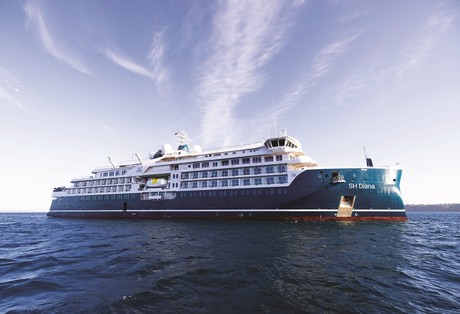
| Length | 125 metres |
|---|---|
| Launched | 2022/23 |
Launched in 2023, SH Diana provides elegant and spacious 5-star accommodation for 192 guests in 96 spacious staterooms and suites, the vast majority with large balconies. Operated by an onboard team of 140 she provides a high level of personal service, exploring the Mediterranean and its famous sites of antiquity.
Now sit back, relax and take a moment to get to know this amazing new ship, purpose-designed for our unique cultural expedition cruises.
Named after the Ancient Roman goddess of light, the moon, hunting and the wilderness, SH Diana been specially designed for worldwide cruising to explore the most inspiring and inaccessible places on earth. Building on the outstanding amenities of her sister ships, she adds a dedicated Multifunctional Room next to the Observation Lounge, a Private Dining Room for special occasions, and two tenders which bring guests a comfortable alternative to Zodiacs for expedition landings. A Polar Class 6 ice-strengthened hull combines with extra-large stabilisers to make your journey as comfortable as possible.
SH Diana has been designed for immersive experiences, with extensive outside deck areas, multiple observation points and bright, open and relaxing public spaces with unobstructed views.
The pleasure and safety of our guests is paramount at all times, cared for by our attentive crew and seasoned expedition leaders. Cutting edge hygiene technology protects the health of all on board to the highest standards and includes air conditioning with UV sanitisation systems.
SH Diana’s 96 staterooms , including 11 suites, are each a superbly comfortable home from home and all feature panoramic sea views, a flame-effect fireplace, original works of art, plush couches, premium pocket sprung mattresses, en-suite bathrooms with glass-enclosed rain showers, and Egyptian cotton towels, bathrobes and sheets. A pillow menu offers customised head and neck comfort during rest, while a large flat screen TV, espresso machine with Illy premium coffee, tea making facilities with the finest Kusmi teas, and a minibar with refreshments enhance relaxation at any time. In-room dining is of course available at all hours.
Wheelchair access
Guests who use wheelchairs must bring their own, as we have only a small number of wheelchairs stored onboard for emergencies. To ensure ease of movement on the ship, wheelchairs and mobility aids must be no wider than 65cm. All mobility or medical equipment brought on board must be capable of being carried safely and must be declared before sailing. To ensure that all guests can safely evacuate during an emergency, guests requiring a wheelchair can only be accommodated in our ADA-accessible cabins.
We offer an Oceanview and a Balcony stateroom on Diana. These staterooms are specifically designed to be completely ADA compliant and have a fully operable wheelchair-access wet unit.
Diana has two lifts, serving every passenger deck apart from the Stargazing top deck, which is, therefore, more difficult to access, as are the Aft Marina and Swan’s Nest forward observation platform. Also, we don’t have special equipment to access the swimming pool, jacuzzi, or sauna. Otherwise, the ship is entirely at your disposal.
Many of the expeditions ashore in remote places are by Zodiac. Boarding these boats and returning aboard can present challenges for wheelchair users, as can navigating uneven terrain. These challenges are by no means always insurmountable, though, and our highly experienced crew is trained to provide reliable advice and assistance. They will make every effort to ensure wheelchair-using guests enjoy a memorable experience at each destination. Our general guidance, however, is to recommend wheelchair users travel with a companion for their ease and enjoyment.
If you prefer to remain aboard, our panoramic interiors and ample open decks ensure an immersive, intimate experience of your inspiring surroundings.
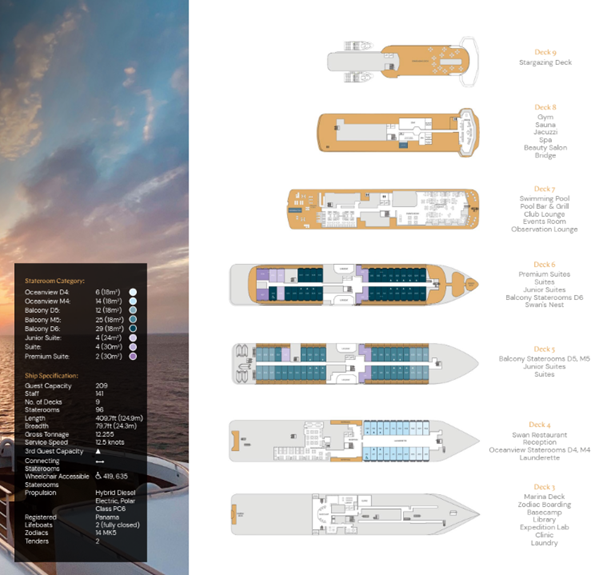
Vega
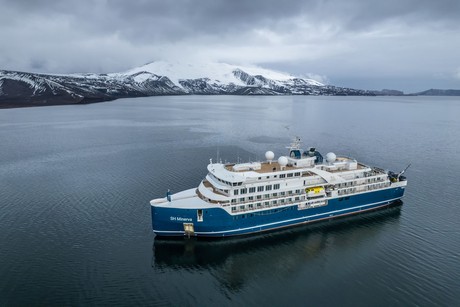
| Launched | 2022 |
|---|---|
| Maximum capacity | 152 |
Launched in 2022, this state of the art ship has been designed to journey to off the beaten path destinations and remote polar regions in style and comfort. The ship incorporates a PC5 ice-strengthened hull combined with extra-large stabilisers to make your journey as smooth as possible.
Sophisticated Elegance. We know how important outdoor space is, so our spacious, relaxing public spaces provide wide open, unobstructed views throughout the ship. The destination will always be in view.
Your Wellbeing. The safety & happiness of our guests is paramount to our 120-strong crew on board as well as our passionate expedition team who'll be serving up thrilling shore excursions and lasting memories.
Cabin Types. Our 76 cabins including 6 suites have all the amenities you will need to feel comfortable including dressing gowns, hairdryers, personal safes and minibars. Our stylish cabins all have desks, a dressing area and comfy seating. En suite bathrooms all feature glass-enclosed rain showers.
Wheelchair access
Guests who use wheelchairs must bring their own, as we have only a small number of wheelchairs stored onboard for emergencies. To ensure ease of movement on the ship, wheelchairs and mobility aids must be no wider than 65cm. All mobility or medical equipment brought on board must be capable of being carried safely and must be declared before sailing. To ensure that all guests can safely evacuate during an emergency, guests requiring a wheelchair can only be accommodated in our ADA-accessible cabins.
We offer an Oceanview stateroom on Vega which is specifically designed to be completely ADA compliant and have a fully operable wheelchair-access wet unit.
Vega has two lifts, serving every passenger deck apart from the Stargazing top deck, which is, therefore, more difficult to access, as are the Aft Marina and Swan’s Nest forward observation platform. Also, we don’t have special equipment to access the swimming pool, jacuzzi, or sauna. Otherwise, the ship is entirely at your disposal.
Many of the expeditions ashore in remote places are by Zodiac. Boarding these boats and returning aboard can present challenges for wheelchair users, as can navigating uneven terrain. These challenges are by no means always insurmountable, though, and our highly experienced crew is trained to provide reliable advice and assistance. They will make every effort to ensure wheelchair-using guests enjoy a memorable experience at each destination. Our general guidance, however, is to recommend wheelchair users travel with a companion for their ease and enjoyment.
If you prefer to remain aboard, our panoramic interiors and ample open decks ensure an immersive, intimate experience of your inspiring surroundings.
